Content by Connie Strunk

Keep Watch: Wheat Streak Mosaic Virus is Developing in South Dakota Fields
Wheat Streak Mosaic Virus has been reported in South Dakota wheat fields and is also a major wheat disease for Great Plains states in 2025. The virus is sweeping across the state and is rampant in winter wheat.

How to Use the South Dakota Mesonet Small Grains Tool
South Dakota Mesonet Small Grains Tool is an easy-to-use and efficient tool that can help identify disease risks associated with wheat leaf rust, wheat leaf spot diseases, and Fusarium head blight.
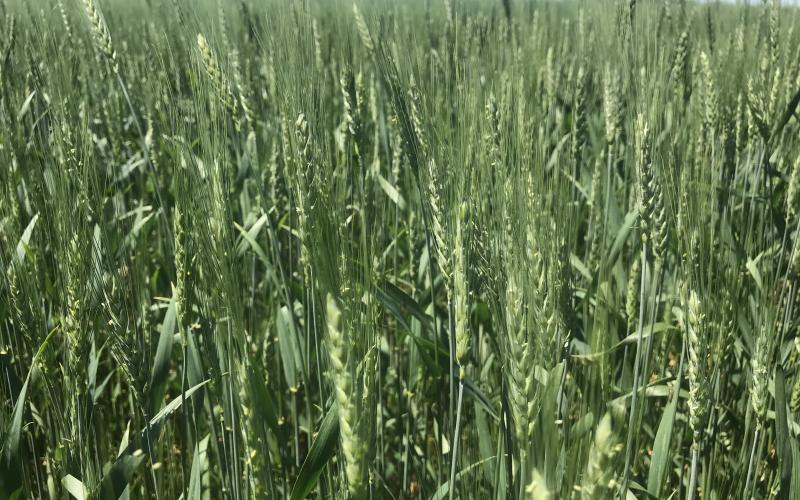
Crop Hour
SDSU Extension will deliver a series of virtual Crop Hour webinars January 7 to February 27, 2025, every Tuesday, Wednesday and Thursday from 10:00 a.m.-11:00 a.m. CST.
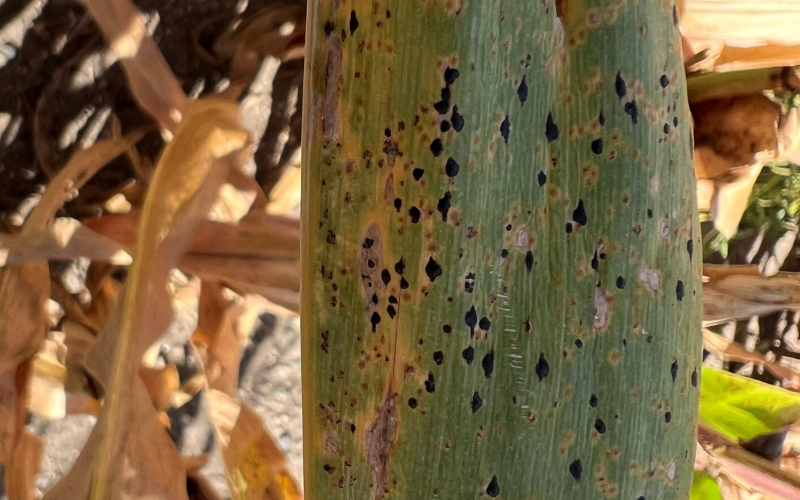
SDSU Extension to host tar spot webinar
January 24, 2025
Tar spot is a potentially yield-impacting corn disease that was confirmed in 46 of South Dakota’s 66 counties in 2024. The fungus can cling to crop residue over the winter and re-emerge once temperatures rise. It’s most commonly spread in South Dakota by wind-blown spores.
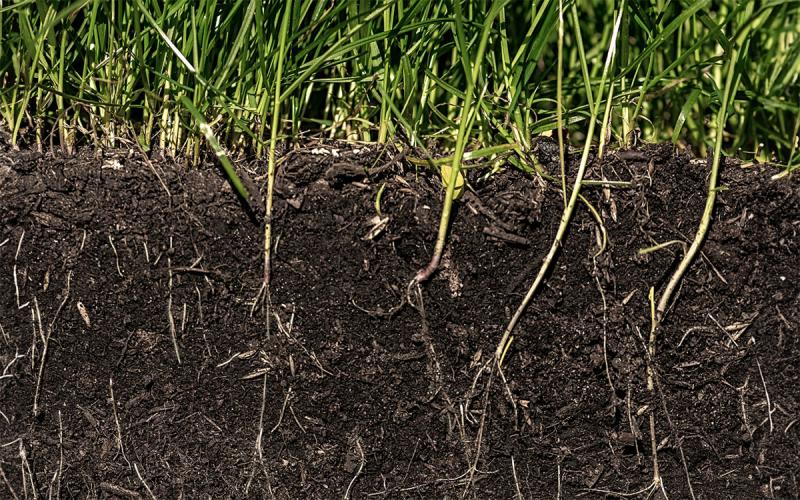
SDSU Extension 2025 Crop Hour webinar series starts in January
November 18, 2024
Crop Hour provides producers and industry professionals with information to navigate the
challenges and opportunities of farming in South Dakota. People can participate live via Zoom or watch the recorded presentations on YouTube.
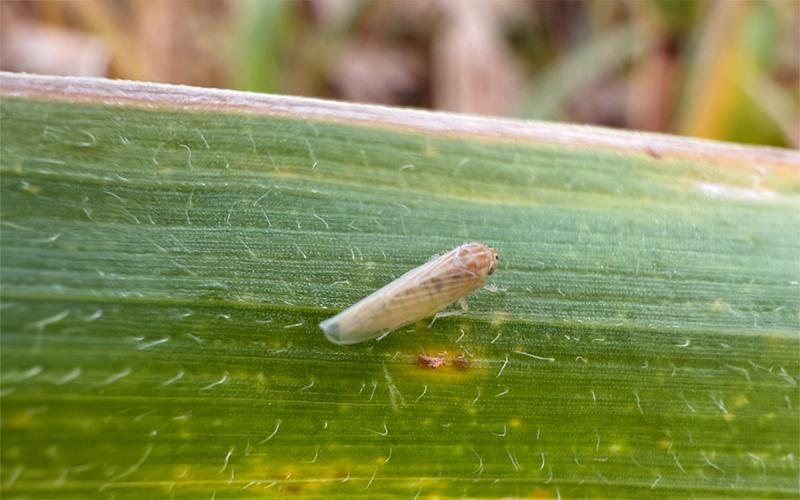
Corn Stunt in South Dakota
In late September, a sample received from Deuel County was confirmed positive for corn stunt, a disease spread through corn leafhopper feeding. This diagnosis is the furthest north corn stunt has ever been confirmed and reported in the United States.
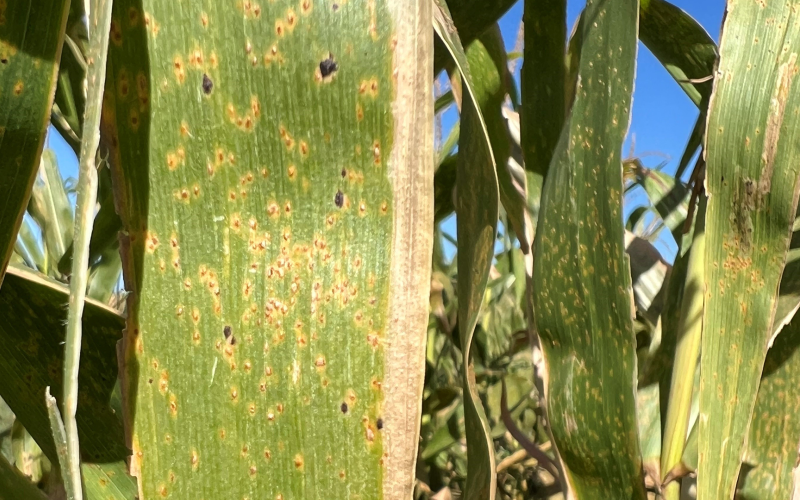
SDSU Extension to host disease scouting workshop for corn, soybeans
October 01, 2024
If you have been wondering what you’re seeing in your corn or soybean fields this season, join the SDSU Extension plant pathology team in Volga to see tar spot in the corn field and white mold in the soybean field, or to have your own diseased plant material identified.
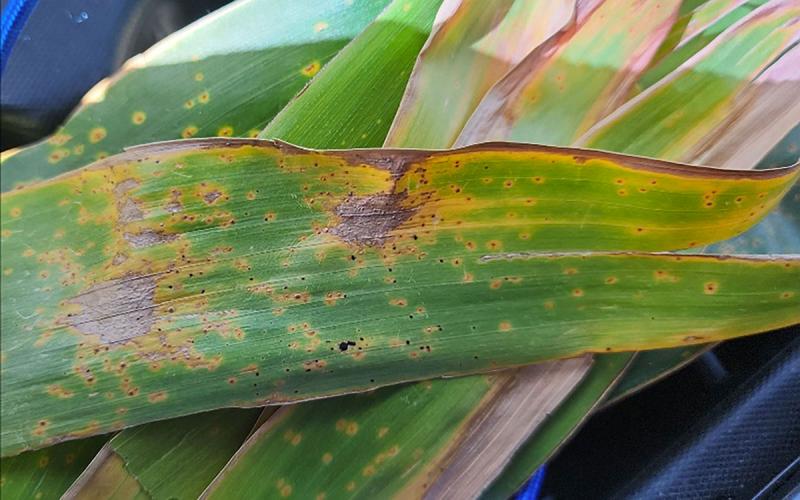
South Dakota Tar Spot Update: September 30, 2024
As of September 26, 2024, our researchers have confirmed the presence of tar spot in 25 counties across the eastern half of South Dakota. The severity of infection has varied anywhere from less than 1% to approximately 20% on individual corn plants.

2025 Pesticide Container Recycling
The South Dakota Department of Agriculture and Natural Resources is again offering pesticide container recycling services across the state. View a complete list of 2025 dates and locations.
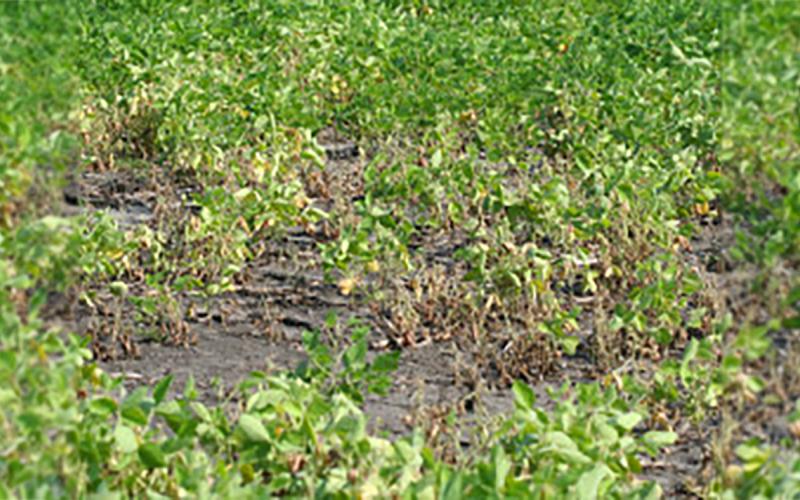
Watch Out for Phytophthora Root and Stem Rot in Soybean
Current weather conditions of continuous rainfall are saturating our fields, which is creating a favorable environment for Phytophthora root and stem rot.